What components does a self-made solar generator need? Most importantly you need a portable solar power station and solar panels. Besides? Don't worry, this blog will help you build a portable homemade one.
Are you tired of being reliant on the power grid and want to create your own source of solar generator? A solar generator is an excellent option for those looking for a sustainable and environmentally friendly way to generate power. In this article, we will discuss why you should build your own solar generator, and the parts you need, and provide detailed instructions on how to build a 4000-watt solar generator.
Why Build Your Own Solar Generator?
What is a solar generator? Simply put, they are energy-saving tools that convert solar energy into electricity to charge your appliances. As people's life concepts become greener and greener and environmentally friendly, self-made solar generators are also becoming more and more popular.
There are several reasons why building your own solar generator is a smart choice:
- Firstly, it provides a reliable source of energy that is not dependent on the power grid. This is particularly beneficial during power outages or when camping in remote locations.
- Secondly, solar generators are environmentally friendly, as they generate power from the sun's energy, which is a renewable resource.
- Finally, building your own solar generator is an excellent way to learn about sustainable energy and take control of your energy needs.
What Parts Do You Need To Build A Solar Generator?
To build a solar generator, you will need the following components:
Solar Panels:
These capture the sun's energy and convert it into electricity. Here we recommend you choose monocrystalline silicon solar cells solar panel. Because, compared to polysilicon cells, it has higher conversion efficiency and lower cost.

Battery (portable power station):
This stores the energy generated by solar panels. When choosing a battery, you need to consider: how much capacity you need. What type of battery is better?
l For Camping:
For a small camping trip with a few people, the 600W portable power station should suffice. It can power small appliances like a mini fridge, a fan, or a small television for a few hours.
l For An RV Trip:
If you're planning an extended trip in an RV, the 1200W portable power station is a good option. It can power larger appliances like a microwave or a small air conditioner for a short while.
l For Outdoor Events:
If you're hosting an outdoor event or party, the 1800W portable power station is a good choice. It can power multiple small to medium-sized appliances like a sound system, a TV, or some lights.
l For Emergency Backup:
In case of a power outage, the 2400W portable power station can power essential appliances like a refrigerator, a sump pump, or some lights for an extended period.
Solar Inverter:
This converts the direct current (DC) energy from the battery into alternating current (AC) energy that can be used to power appliances.
Charge Controller:
This regulates the amount of power that goes into the battery, preventing overcharging and damage.
Rugged Case:
This protects your solar generator from damage while being transported.
Detailed Instructions On Building A Solar Generator:
Solar generators are a great way to power your home during off-grid days. They have many benefits and are very easy to build.
Step 1: Build the Battery Pack
- Connect multiple deep-cycle batteries in parallel to increase the battery capacity.
- Use a battery box to keep the batteries safe and secure.
Step 2: Install the Charge Controller
- Connect the charge controller to the solar panels and battery.
- Set the charging parameters based on the battery type.
Step 3: Connect the Inverter
- Connect the inverter to the battery.
- Set the output voltage to match your needs.
Step 4: Mount the Solar Panels
- Mount the solar panels on a sturdy frame or surface.
- Connect the solar panels to the charge controller.
Step 5: Install the Rugged Case
- Place the battery pack, charge controller, inverter, and any additional components inside the rugged case.
- Secure the components in place to prevent damage during transportation.
How To Build A 4000-Watt Solar Generator?
To build a 4000-watt solar generator, you will need to follow the above steps and use larger components that can handle the higher power output.
The key components you will need include a battery, solar inverter, solar panels, charge controller, and a rugged case to protect the system.
Here are some additional steps:
Choose a larger-capacity solar generator:
When choosing a battery for a 4000-watt solar generator, you need to consider its capacity and type. One option is the OUPES Mega 5, which is a high-capacity portable power station that can be expanded by adding external batteries. With a 5.04kWh capacity, the Mega 5 can serve as an emergency backup power source for 2-3 days.

- One of the key features of the Mega 5 is its expandability. It can be connected to additional battery packs to increase its capacity up to 10.08kWh, providing backup power for up to 4-6 days in emergencies.
- The Mega 5 also features multiple output ports (up to 16), allowing it to power multiple devices simultaneously.
- Another advantage of the Mega 5 is its high-quality EV-grade LiFePO4 battery, which can withstand over 3500 charging cycles at 80% discharge depth.
- The battery is also managed by OUPES's advanced battery management system, ensuring its safety and durability.
You might need more other key components:
To build a 4000-watt solar generator using the Mega 5, you would need to connect the portable power station to a sufficient number of solar panels capable of producing at least 4000 watts of power.
You would also need a solar inverter capable of handling the high power output and a charge controller to manage the charging process.
Finally, you would need to assemble the components into a rugged case to protect the system during transport and outdoor use.
By choosing high-quality components like the OUPES Mega 5, you can build a reliable and powerful solar generator that can provide backup power in emergencies or serve as a portable power source for outdoor activities.
Conclusion:
In conclusion, building your own solar generator is an excellent way to take control of your energy needs and reduce your environmental impact. By following the steps above, you can create a system that will help you save money and improve your lifestyle while reducing harm to the environment.






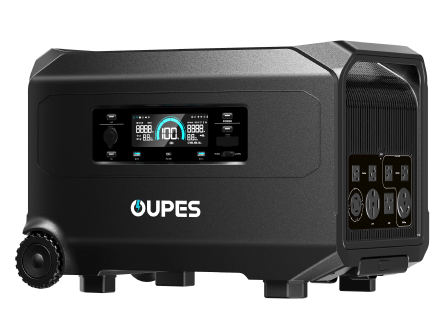
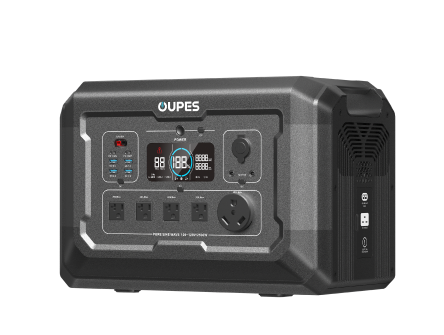
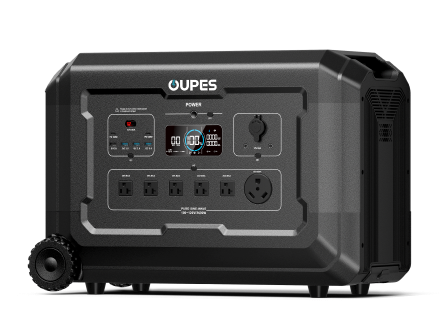
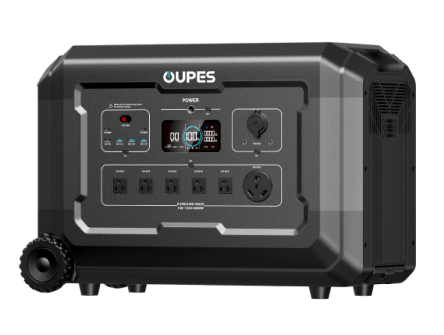
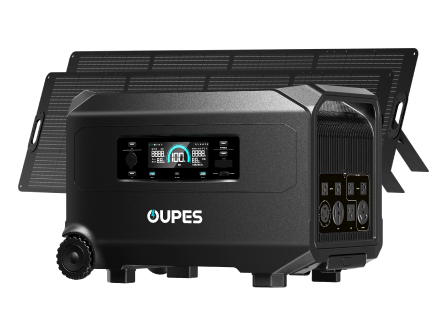

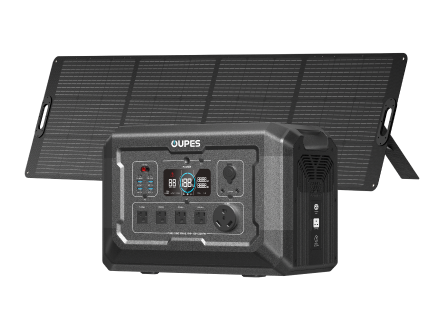

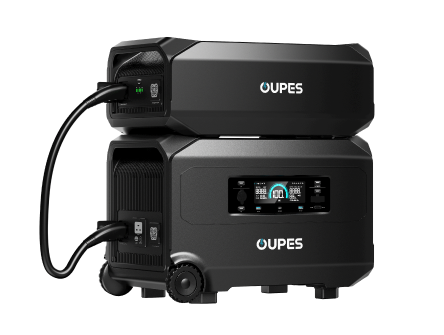
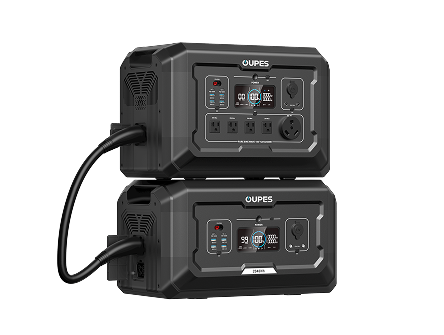
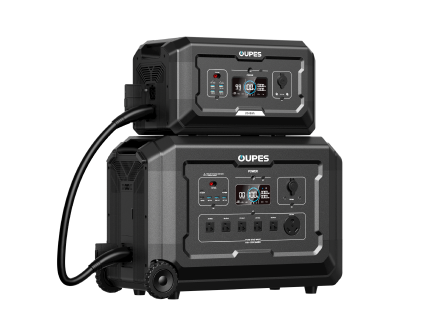
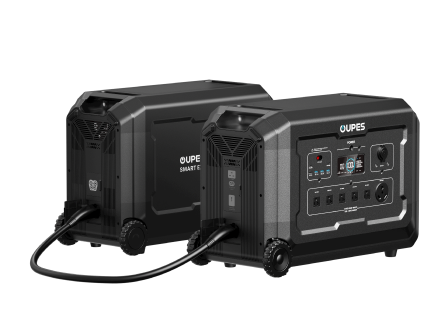
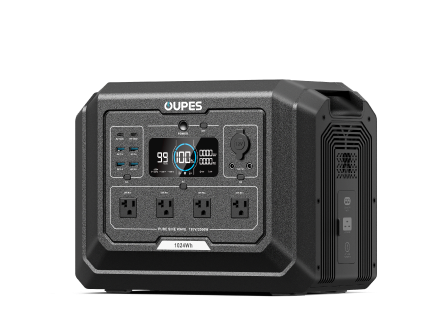
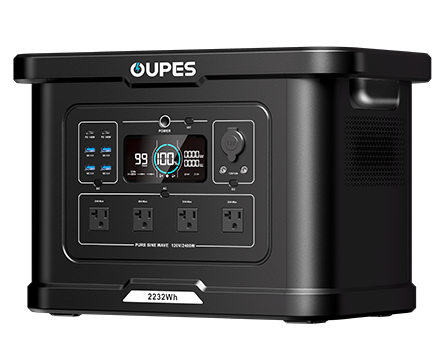
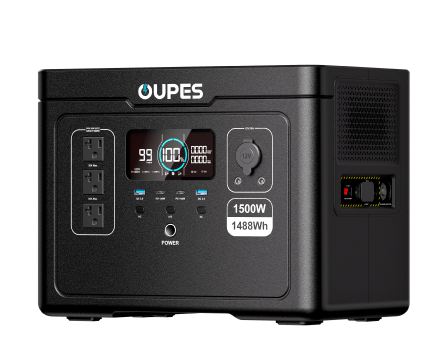
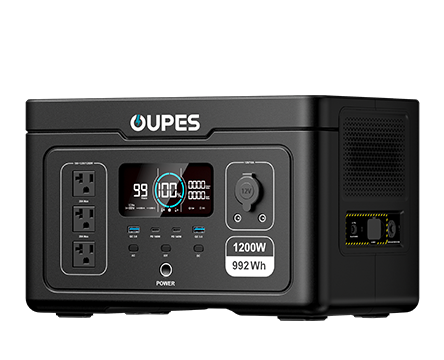
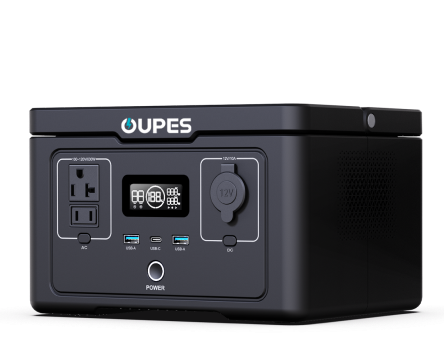
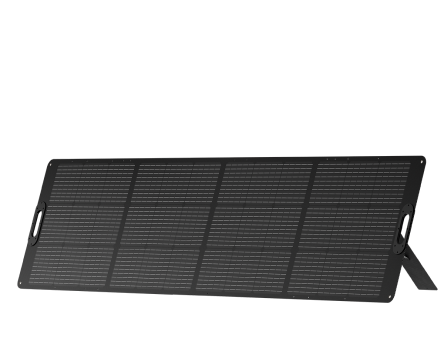
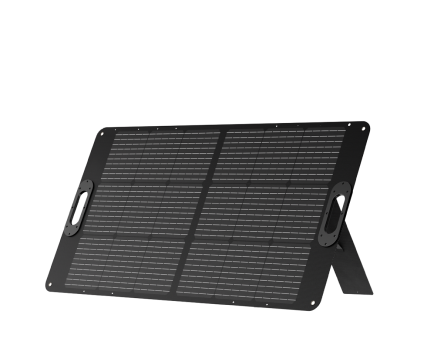


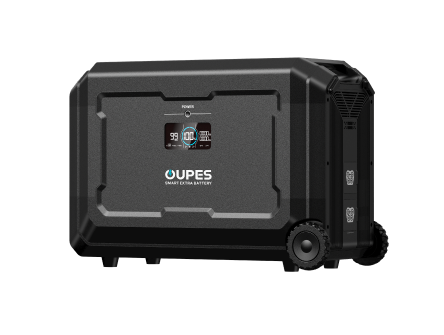
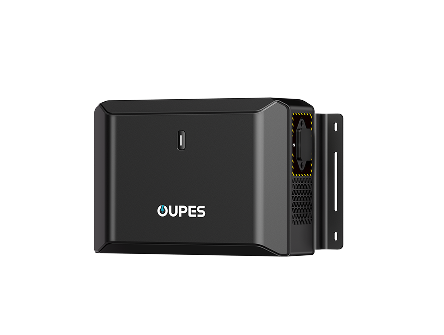
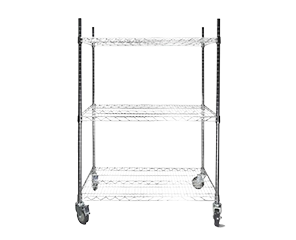
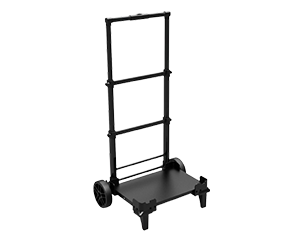
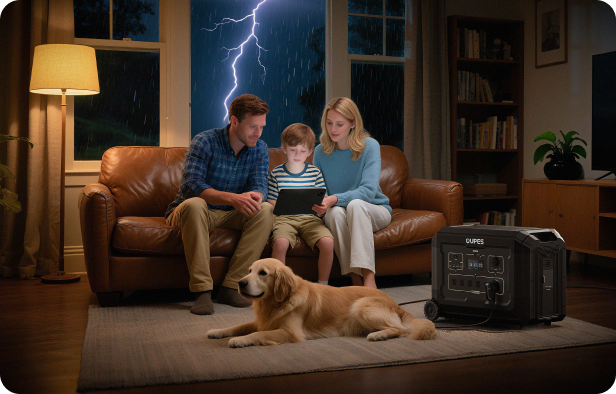
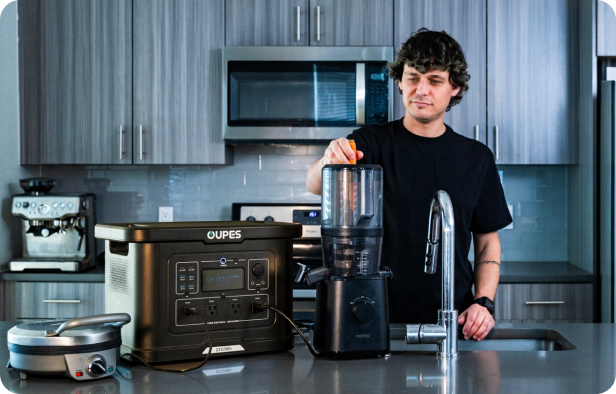
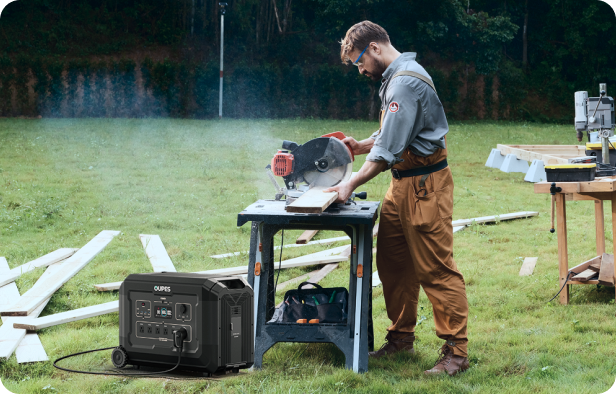
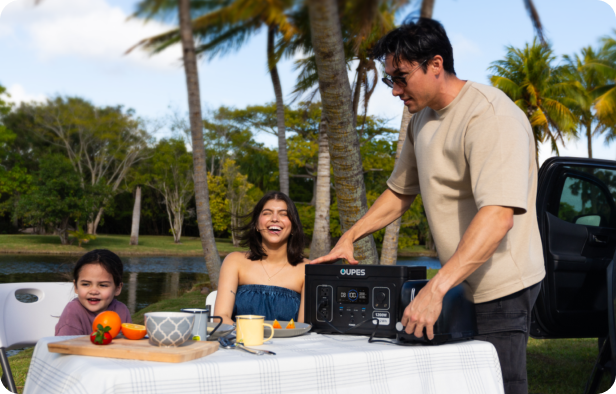
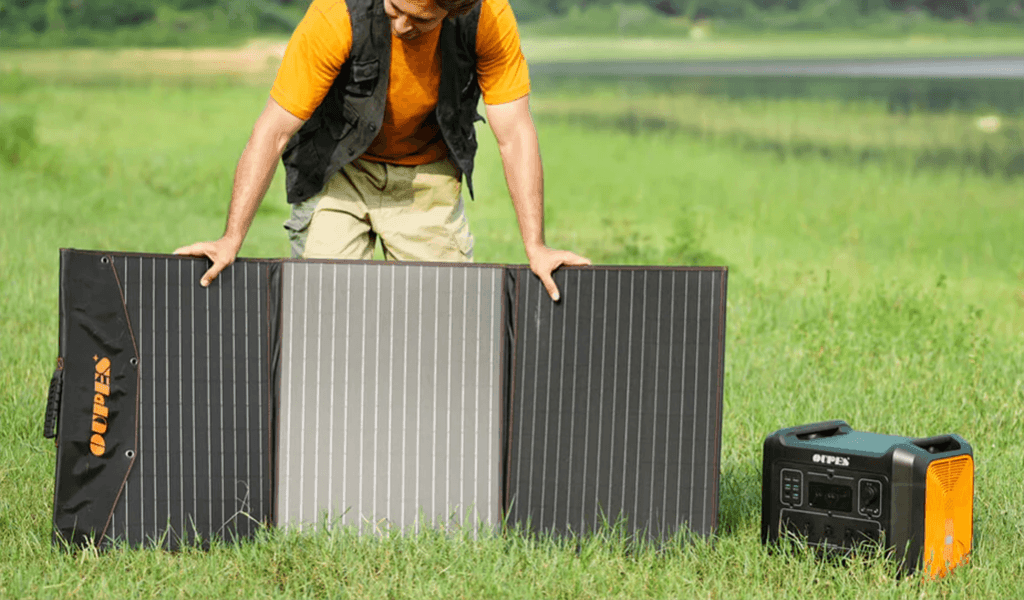
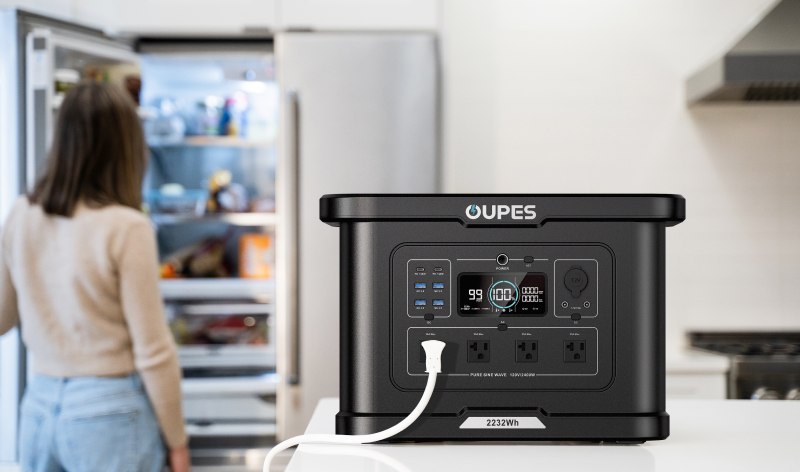

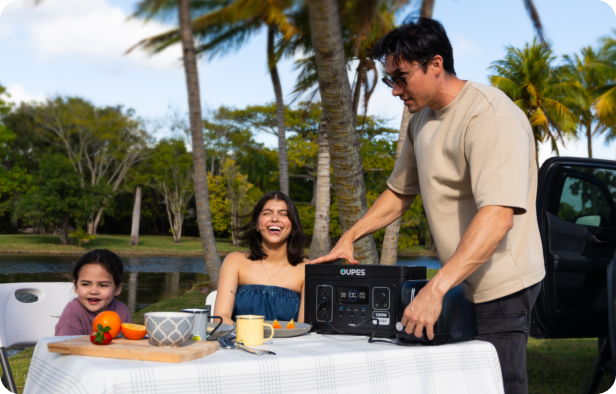
Leave a comment
This site is protected by hCaptcha and the hCaptcha Privacy Policy and Terms of Service apply.